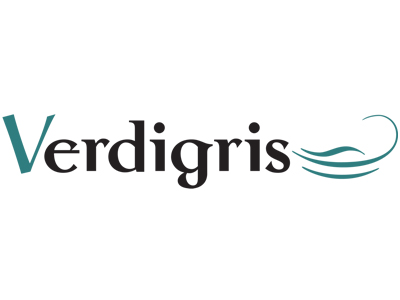Insurance companies are starting to pay more attention to certifications in the graphics industry. If you can prove that you run your business well, for instance with a certification to ISO 9001 or 14001 management standards, they reckon you are a lower risk outfit. This can mean that your business qualifies for reduced premiums. It’s an interesting added dimension to the certification conversation and one that hasn’t been particularly well explored. Assisting insurance companies to assess risk is an important role for consultants. It’s also important for certification bodies who can tout an additional benefit in their certifications marketing.
We recently had a closer look at some of these schemes. Part of the exercise was risk assessment, but looking into the robustness of various certification programmes was a key deliverable. There are three types of certification, categorised according to their probity. The most basic is to simply state that you can achieve a specified level of conformity, such as matching the target values in ISO 12647, the process control series for different printing methods. There is no need to have the claim confirmed, because it is a statement of fact based on your own opinion. However a claim is just that, a claim, so it isn’t particularly robust. The buyer of your services has no means of really knowing how likely it is that you will be able to do what you say you can do.
A more reliable option is a certification based on performing to a set of criteria that an outsider provides. This could confirm your competence with a given software tool, or that a press manufacturer’s technology can meet the ISO production quality standards. This is still not really water tight, as the certification may be based on a commercial transaction. For instance, Heidelberg presses are delivered with an ISO 12647-2 certification, which says nothing about the competence of the printing company to meet the ISO standards.
The gold standard is third party certification whereby an outside auditor, accredited by a standards certification body, does the certifying. This is by far the most complex, time consuming and expensive option. However it has been found that companies certified to ISO 12647-2 (offset printing) are more efficient and consistently have higher margins than printing companies which are not.
Companies that invest in robust certifications, such as to ISO 12647-2, ISO 14001 and ISO 9001 invest in their businesses, in processes and in building in efficiencies. The process of getting the certification changes a company so that company owners and managers have much more control over their businesses. And it is this control which reduces risk. This is why third party certifications have such value. They reflect high achievement and also the likelihood of insurance claims due to avoidable fires and accidents or data going astray, is less. It’s another reason for printing companies to up their game and tighten up their operations.
– Laurel Brunner
This article was produced by the Verdigris Project, an industry initiative intended to raise awareness of print’s positive environmental impact. This weekly commentary helps printing companies keep up to date with environmental standards, and how environmentally friendly business management can help improve their bottom lines. Verdigris is supported by the following companies: Agfa Graphics, EFI, Fespa, HP, Kodak, Kornit, Ricoh, Spindrift, Splash PR, Unity Publishing and Xeikon.





